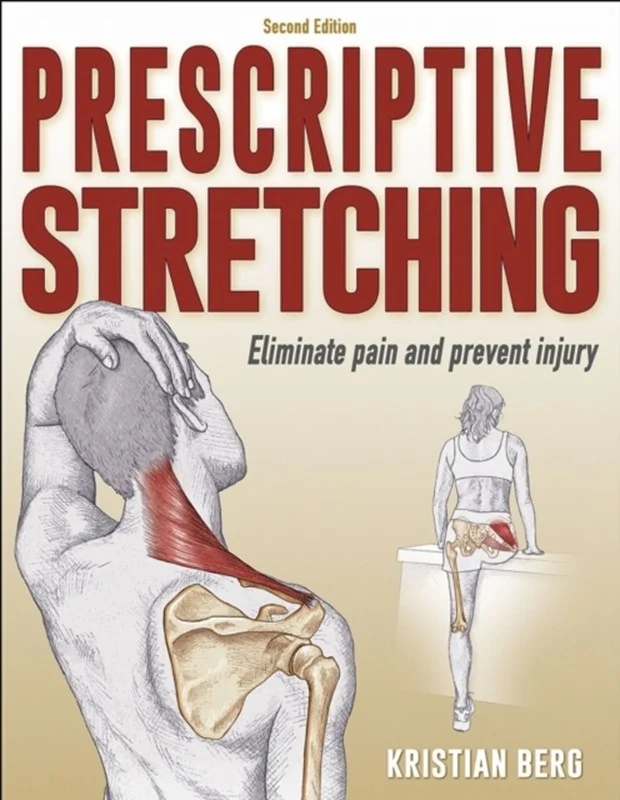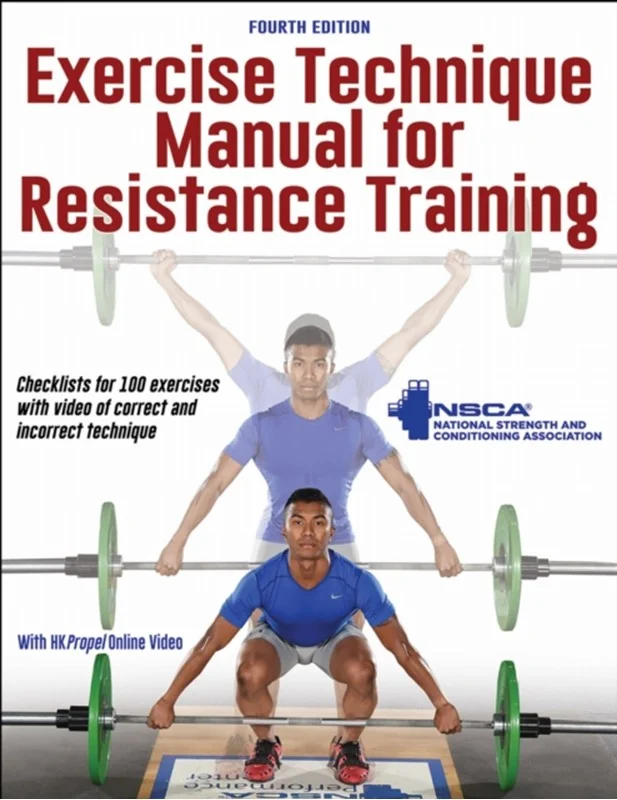Facilitated Stretching - Robert E. Mcatee - Bog - Human Kinetics Publishers - Plusbog.dk
Facilitated Stretching, Fourth Edition With Online Video , remains the most trusted resource for proprioceptive neuromuscular facilitation (PNF) stretching, an effective and easy-to-use method that involves stretching the muscle, contracting it isometrically against resistance, and then stretching it again to increase range of motion. Featuring a full-color interior, streamlined organization, and a new online video package, the fourth edition brings PNF stretching beyond the treatment room with the inclusion of techniques for the gym, workout room, and home. The fourth edition offers a visual demonstration of PNF stretching techniques with more than 320 photos and illustrations. It includes these updates: • A full-color interior provides readers with clear images of the techniques discussed • Graphic elements on selected photos highlight the muscles being stretched as well as the isometric effort for the stretcher and the partner • Reorganization streamlines the content into two parts, first focusing on the basics and then covering stretches • Expanded content demonstrates how to incorporate stretches, including strengthening routines, into nontherapy workouts to optimize functional training • An appendix showcases anatomical planes of motion, anatomical terms, and types of joints • Online high-definition video presents both treatment room techniques and simplified PNF stretches for nontherapy settings Facilitated Stretching, Fourth Edition , examines techniques and guidelines for PNF stretches in a variety of settings. Stretches are demonstrated on a treatment table, mat on the floor, chair, cable-pulley machine, and weightlifting bench. Stretches are grouped according to each joint, and the majority of the stretches include both a partner stretch version and a self-stretch version. The accompanying online video then demonstrates more than 90 of these stretches to reinforce proper technique for each stretch as well as four sample stretching routines. Visual icons in the book indicate which stretches are shown in the video. As in previous editions, specific routines are included for cycling, golf, running, swimming, throwing and racket sports, and now ice hockey. It also includes general stretches for everyday use, plus stretches for those with “rusty hinges.” These ready-made stretching routines make it easy to incorporate facilitated stretching into a workout regimen and take the guesswork out of organizing a stretching routine to match the needs of a specific sport. For accomplished athletes or those just beginning a fitness program, the regular use of facilitated stretching can help improve flexibility and coordination and boost performance and enjoyment of sports. Manual therapists, massage therapists, athletic trainers, personal trainers, sport physicians, and coaches will find valuable information and techniques for optimizing flexibility, coordination, and performance. Facilitated Stretching, Fourth Edition , provides access to the latest PNF stretching techniques to help assess current muscle function, improve range of motion, increase strength, address overuse injuries, and enhance performance. Earn continuing education credits/units! A continuing education course and exam that uses this book is also available. It may be purchased separately or as part of a package that includes all the course materials and exam.

















































